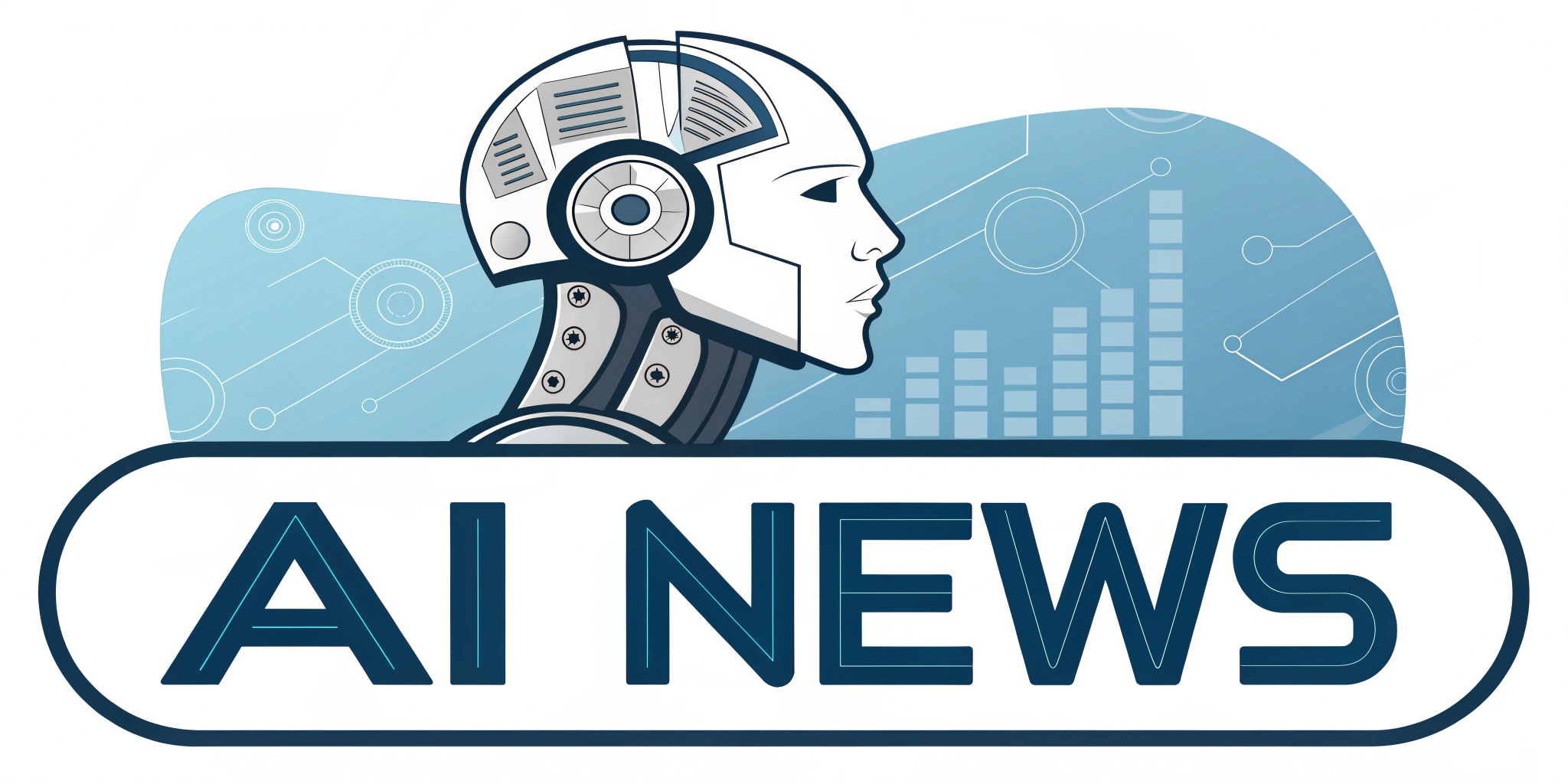Lindy AI has recently introduced a groundbreaking feature known as agent swarms, which is poised to revolutionize the way businesses approach automation and task management. This innovative technology allows a single AI workflow to replicate itself into hundreds of smaller agents, each capable of handling tasks concurrently. By doing so, Lindy AI enables users to streamline their operations—completing tasks that once took significant time, all at once. Existing as an advanced automation platform powered by large language models like GPT and Claude, Lindy AI combines the functionality of platforms like Zapier with AI’s ability to read, write, and understand complex details.
With agent swarms, users can input extensive lists of tasks, from spreadsheets containing the details of conference attendees to thorough competitive analyses, and watch as multiple agents go to work independently yet concurrently. This not only speeds up the process but also enhances efficiency and productivity. As the platform continues to expand its capabilities, including over 5,000 integrations and 4,000 web scrapers, Lindy AI emerges as a formidable player in the realm of AI-driven automation, setting the stage for a future where routine tasks are managed seamlessly and intelligently. Whether you’re in lead generation,meeting preparation,or sales outreach,Lindy AI’s agent swarms are a game-changer for anyone looking to enhance their daily operations.
The Revolutionary Concept of Agent Swarms in AI Workflows
Agent swarms represent a paradigm shift in the operational capabilities of artificial intelligence, harnessing the power of collective intelligence to tackle complex tasks in unprecedented ways. This multi-agent system can autonomously spawn numerous sub-agents, each designed to process various tasks within a defined workflow. By decentralizing operations,organizations can experience a transformative leap in their approach to project management and task allocation,allowing for the effective distribution of workloads across a vast network of AI entities. The result is not just a faster completion of tasks,but an prospect for innovative solutions to emerge through collaborative processes undertaken by the swarm.
Integrating this technology into everyday business functions facilitates numerous enhancements, including but not limited to:
- Dynamic Task Assignment: Tasks can be adapted and reassigned on-the-fly among agents based on expertise and priority, enhancing responsiveness.
- Real-time Collaboration: Agents can communicate and share progress, ensuring a harmonious workflow that optimizes outcomes.
- Scalability: Businesses can deploy swarms for large-scale projects without the need for proportional increases in human resources.
- Data-Driven Insights: The multi-agent framework enables more elegant data analysis by simultaneously interpreting large datasets.
Exploring the Versatility of Lindy AI for Business Automation
Lindy AI’s transformative capabilities extend beyond basic task management, offering businesses the ability to implement customized workflows that cater specifically to their operational needs. By utilizing an advanced system of agents, organizations can automate data entry and report generation effectively, without the repetitive strain often encountered with customary methods.Users can specify parameters to guide these agents in executing tasks,which not only reduces the potential for human error but also boosts reliability and consistency in results. This flexibility allows teams across various sectors—from marketing to finance—to tailor the software’s functions to optimize their unique processes.
Moreover, the software’s integration with existing platforms strengthens its usability, as companies can leverage pre-built connectors to link Lindy AI with tools they are already accustomed to using. This enables a seamless flow of information and fosters greater interoperability across systems. Features such as enhanced data synchronization and automated notifications further ensure that every member of a project team remains informed and engaged throughout the lifecycle of any initiative. The adaptability and scalability afforded by Lindy AI empower organizations to not only keep pace with current demands but also to innovate continuously, thereby maintaining a competitive edge in an ever-evolving market landscape.
Real-World Applications: Enhancing Efficiency with Agent Swarms
The introduction of self-replicating agents marks a major advancement in workflow optimizations for various sectors. Scenarios such as urban planning, disaster response, and supply chain management can benefit immensely from the precision and speed afforded by these swarms. As a notable example, in urban development projects, agent swarms can quickly analyze zoning regulations, land-use data, and demographic statistics simultaneously, providing city planners with actionable insights in a fraction of the time normally required. Additionally, during emergency situations, rapid deployment of swarms can facilitate better resource distribution by analyzing real-time data on affected populations and environmental conditions, ensuring that aid reaches those in need more efficiently.
Moreover, the utility of agent swarms extends to niche industries as well. Applications in agriculture, healthcare, and finance showcase how diverse sectors can harness their capabilities. In agriculture, swarms can monitor crop health and soil conditions across vast fields, automatically scheduling interventions based on real-time data. In healthcare, they can streamline patient flow management by concurrently processing appointment requests, insurance verifications, and medical data analytics. Meanwhile, in finance, swarms can execute complex trading strategies that require rapid analysis of market fluctuations, enabling firms to capitalize on fleeting opportunities without human limitations. Such versatility not only advances operational efficiency but also drives innovation across industries.
Integrating Lindy AI: Recommendations for Maximizing Productivity
To fully leverage the advanced capabilities of Lindy AI,organizations should consider implementing a comprehensive training strategy for their teams. By offering workshops that demonstrate the functionality of agent swarms, users can gain hands-on experience with the technology.Furthermore, fostering a culture of innovation encourages team members to explore creative uses for the AI’s features, unlocking potential efficiencies unique to each department. Businesses should also set clear performance metrics to assess the impact of integrating Lindy AI into their workflows, allowing for regular adjustments and optimization where needed.
Another key aspect to consider is the integration of feedback loops within the AI processes. By utilizing real-time monitoring tools, companies can track the performance and effectiveness of the agent swarms, making it easier to identify areas for enhancement. This iterative approach can facilitate the development of bespoke workflows tailored to their specific needs, while also providing insights into potential scalability. Regularly engaging with stakeholders to gather input ensures that the deployment of Lindy AI aligns with overall business goals, ultimately enhancing productivity and driving sustained growth.























